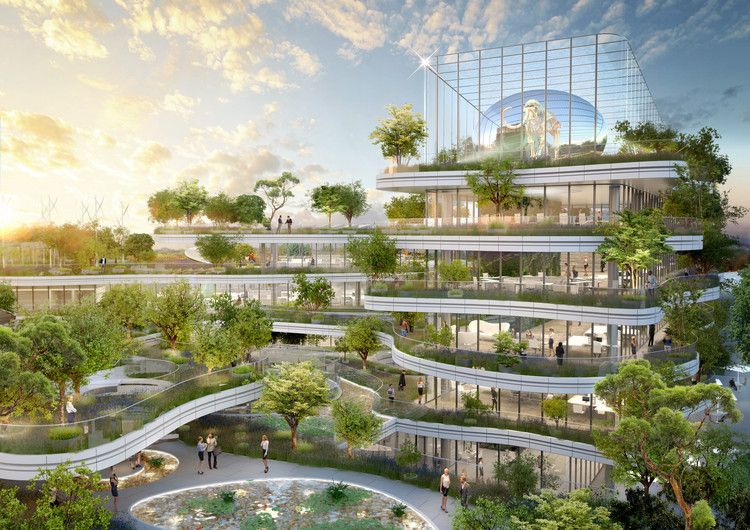Introduction: From Net Zero to Net Positive
Net-zero buildings have long stood as benchmarks for environmental performance, designed to balance the energy consumed with energy produced. Yet, regenerative architecture sets an even more ambitious goal—restoring ecological health. Instead of simply reducing harm, this approach seeks to reverse damage, regenerate ecosystems, and create buildings that act like living systems.
Regenerative architecture redefines success in the built environment. It challenges architects and developers to integrate nature, rethink material use, manage water intelligently, and design structures that give back more than they take.
What is Regenerative Architecture?
Beyond Sustainability
Whereas traditional sustainable design focuses on harm reduction, regenerative architecture goes a step further—healing and renewing ecosystems. It operates from a systems-thinking perspective, understanding buildings as active participants within natural and social ecosystems.
Biomimetic and Ecosystem-Based Design
Inspired by biological systems, regenerative architecture emulates nature’s processes. Techniques include:
Water cycle replication through rain gardens and bio-swales
Soil regeneration and habitat creation
CO₂ recycling via building-integrated greenhouses
Vertical greenery to increase urban biodiversity
Net Positive Resource Use
This approach aims for surplus generation. Rather than aiming for neutrality, regenerative buildings:
Generate excess clean energy
Sequester more carbon than they emit
Purify and replenish more water than they consume
Seven Core Principles
Based on industry frameworks and regenerative manifestos, the following principles guide this transformative approach:
- Systems Thinking:Understanding buildings as integrated components of larger ecosystems—social, economic, and ecological.
- Site Intelligence: Prioritizing brownfield or degraded land use, preserving native biodiversity, and enhancing soil quality.
- Water Regeneration: Implementing strategies like rainwater harvesting, greywater reuse, and aquifer recharge to ensure net-positive water performance.
- Energy Positivity: Using on-site renewable energy technologies like photovoltaics and geothermal systems to produce more energy than consumed.
- Material Synergy: Choosing regionally sourced, low-carbon, and recyclable materials while adopting cradle-to-cradle and circular economy models.
- Living Infrastructure: Incorporating bioswales, green roofs, and vertical gardens to clean water, cool buildings, and support urban ecology.
Human and Community Integration:
Designing for human health, local food production, and social equity to foster resilient, thriving communities.
Inspirational Case Studies
Sonnenschiff, Freiburg (Plus Energy Pioneer)
A mixed-use, plus-energy district designed by Rolf Disch. With triple-glazed windows, solar roofs, and vacuum insulation, it generates four times more energy than it consumes.

Solar Settlement at Schlierberg, Freiburg
This community of 59 homes is the world’s first solar housing development producing more energy than it uses, made from eco-conscious materials.

One Central Park, Sydney
A striking example of vertical green infrastructure. It hosts over 85,000 plants, an internal water recycling system, and a tri-generation energy plant.
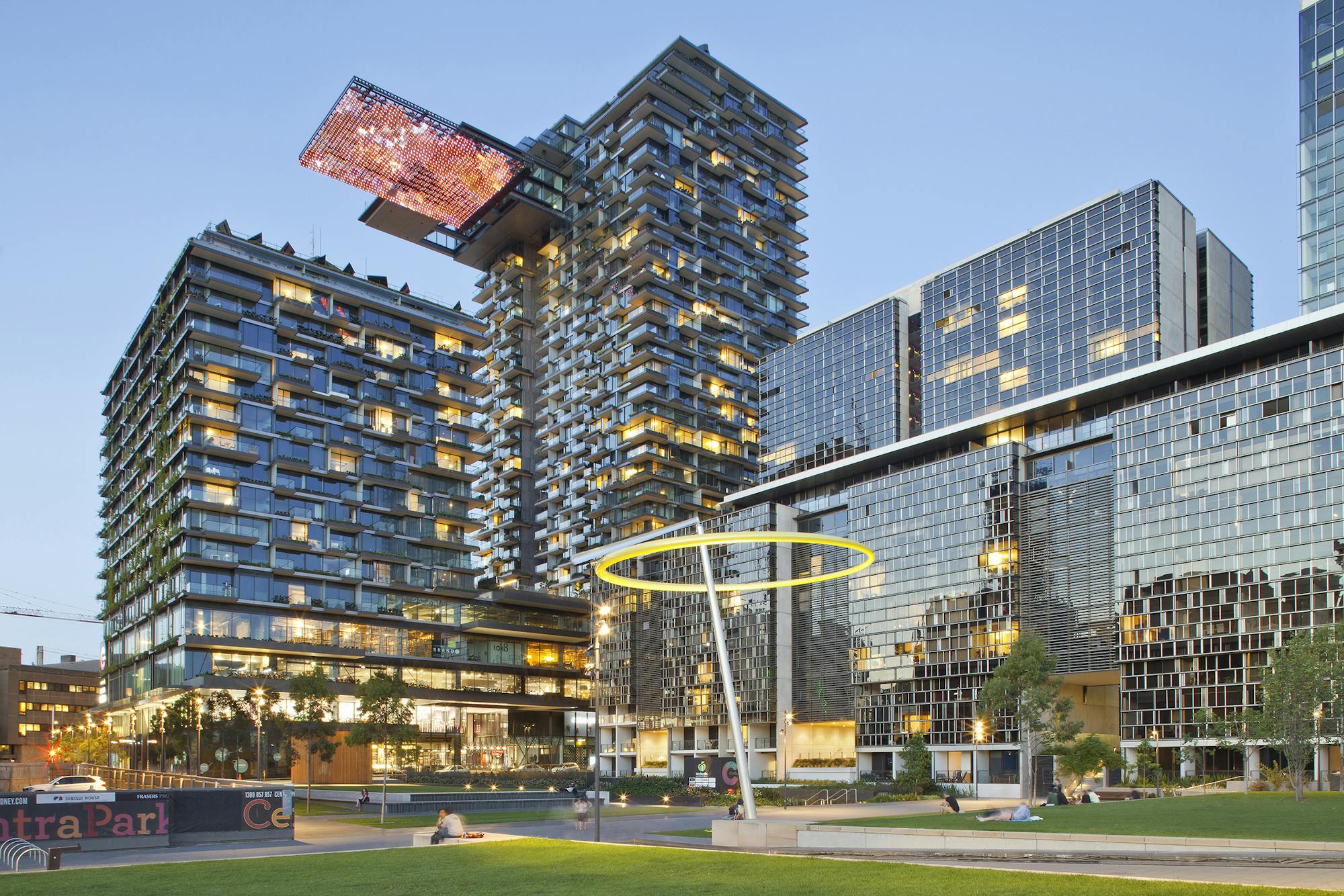
Mosaic Centre, Edmonton
A net-zero energy office certified by the Living Building Challenge. Features include solar panels, edible gardens, geothermal wells, and rainwater systems.
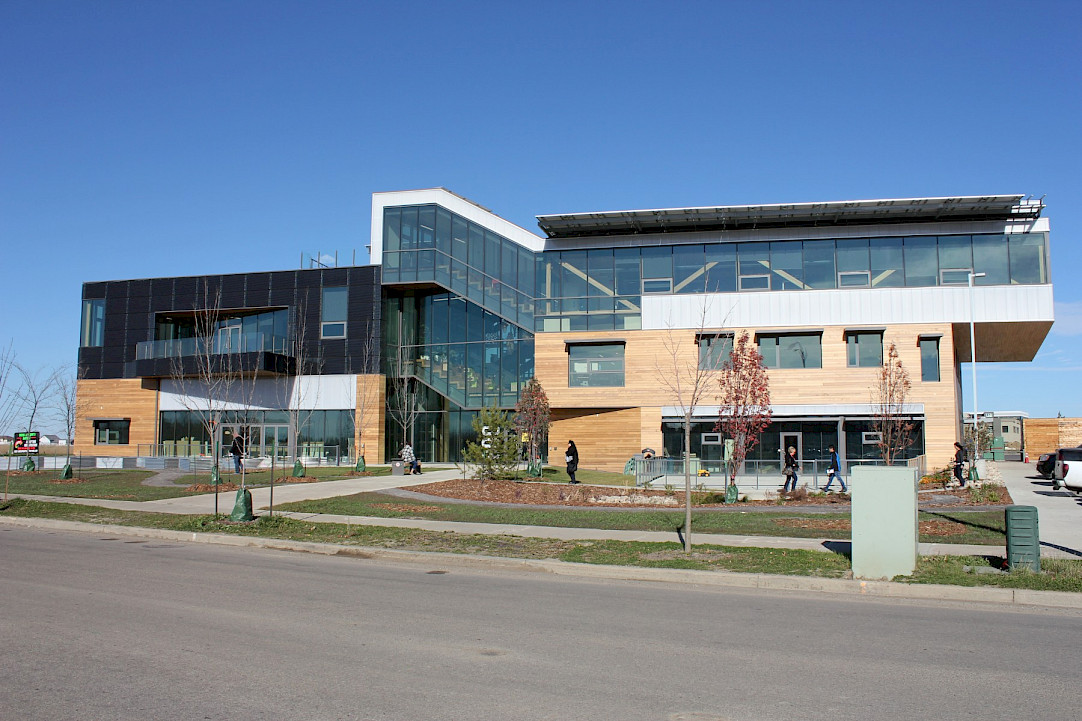
Beeah HQ in Sharjah designed by Zaha Hadid
Designed by Zaha Hadid Architects, this building uses photovoltaics, intelligent systems, and recycled materials to maintain net-zero status.
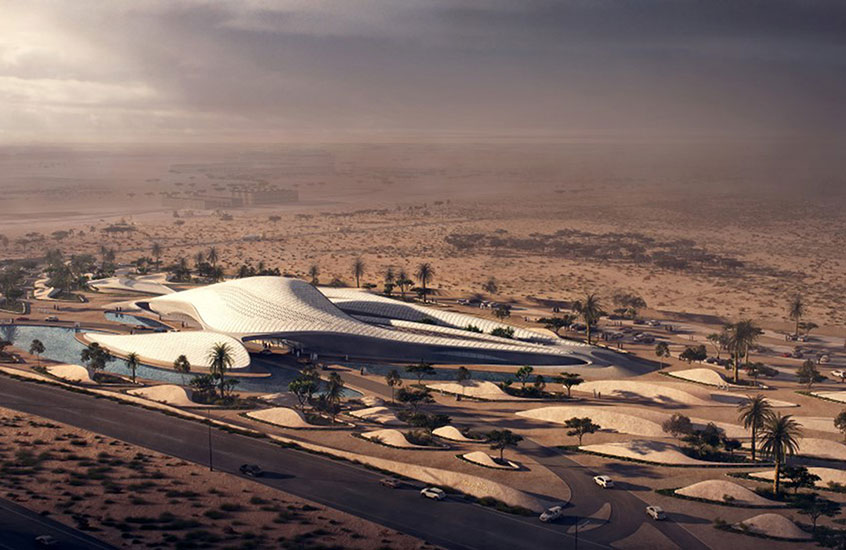
Overcoming Challenges:
Regulatory Constraints
Building codes often lag behind innovation, particularly with greywater recycling or off-grid systems, as seen in Studio Ma’s regenerative design practices.
Financial Hurdles
Initial investments in green roofs, smart sensors, and renewable systems can be higher, though lifecycle savings offset these costs.
Skill Gaps
There is a shortage of professionals trained in ecology-driven architecture. Initiatives like the University of Bath’s Regenerative Manifesto aim to close this gap.
Complexity in Coordination
Successful regenerative projects demand cross-functional collaboration across architecture, engineering, ecology, and policy sectors.
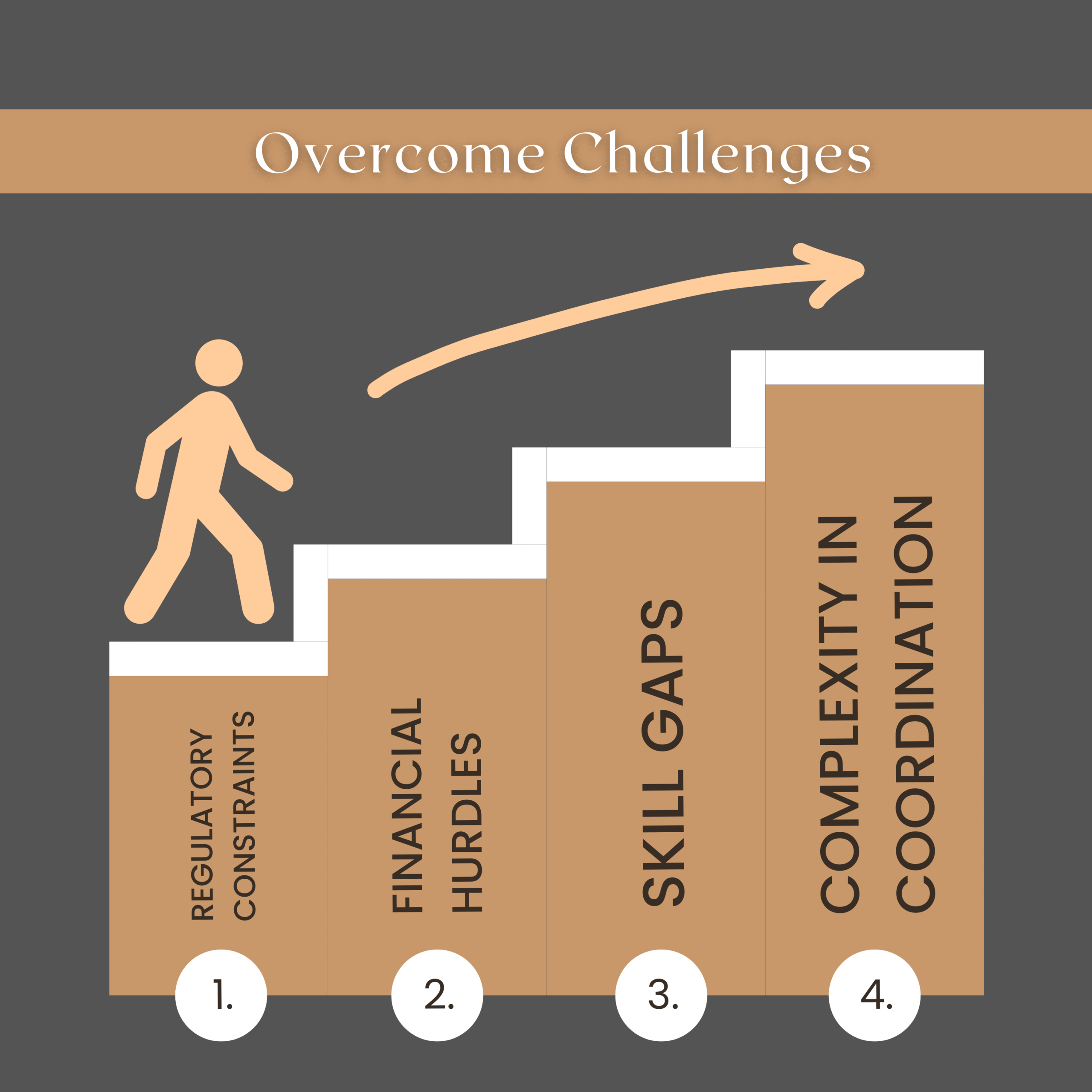
The Path Forward:
Integrate Ecology from the Start
Ecological and community health considerations should guide early-stage design decisions.
Use Metrics to Track Progress
Carbon sequestration, water retention, and biodiversity gains should be monitored using tools like digital twins and real-time analytics.
Foster Cross-Disciplinary Collaboration
Bringing together diverse experts to co-create functional, beautiful, and regenerative systems.
Incentivize Net-Positive Goals
Governments and certifiers should reward regenerative outcomes, not just reductions
Showcase Pilot Projects
Demonstrate feasibility and impact through public-facing, measurable prototypes.
Looking Forward: The Future of Regenerative Architecture
- The horizon holds incredible promise. Innovations like:
- Self-healing materials (bio-concrete, mycelium)
- Living façades that grow and adapt
- Smart energy-sharing microgrids
- Buildings with AI-driven climate control will make regenerative design mainstream and scalable.
- As more cities face environmental crises, regenerative buildings will be central to climate adaptation, community wellbeing, and planetary healing.
Conclusion
Regenerative architecture is not just a design trend—it’s a paradigm shift. By restoring ecosystems, producing surplus resources, and creating harmonious human-nature relationships, it offers a blueprint for a resilient and thriving future.
Whether it’s Freiburg’s energy-positive neighborhoods, Sydney’s green skyscrapers, or Sharjah’s smart offices—these projects prove that architecture can become a tool of regeneration, not depletion.
For more blogs like this you can visit :
you can also check this

